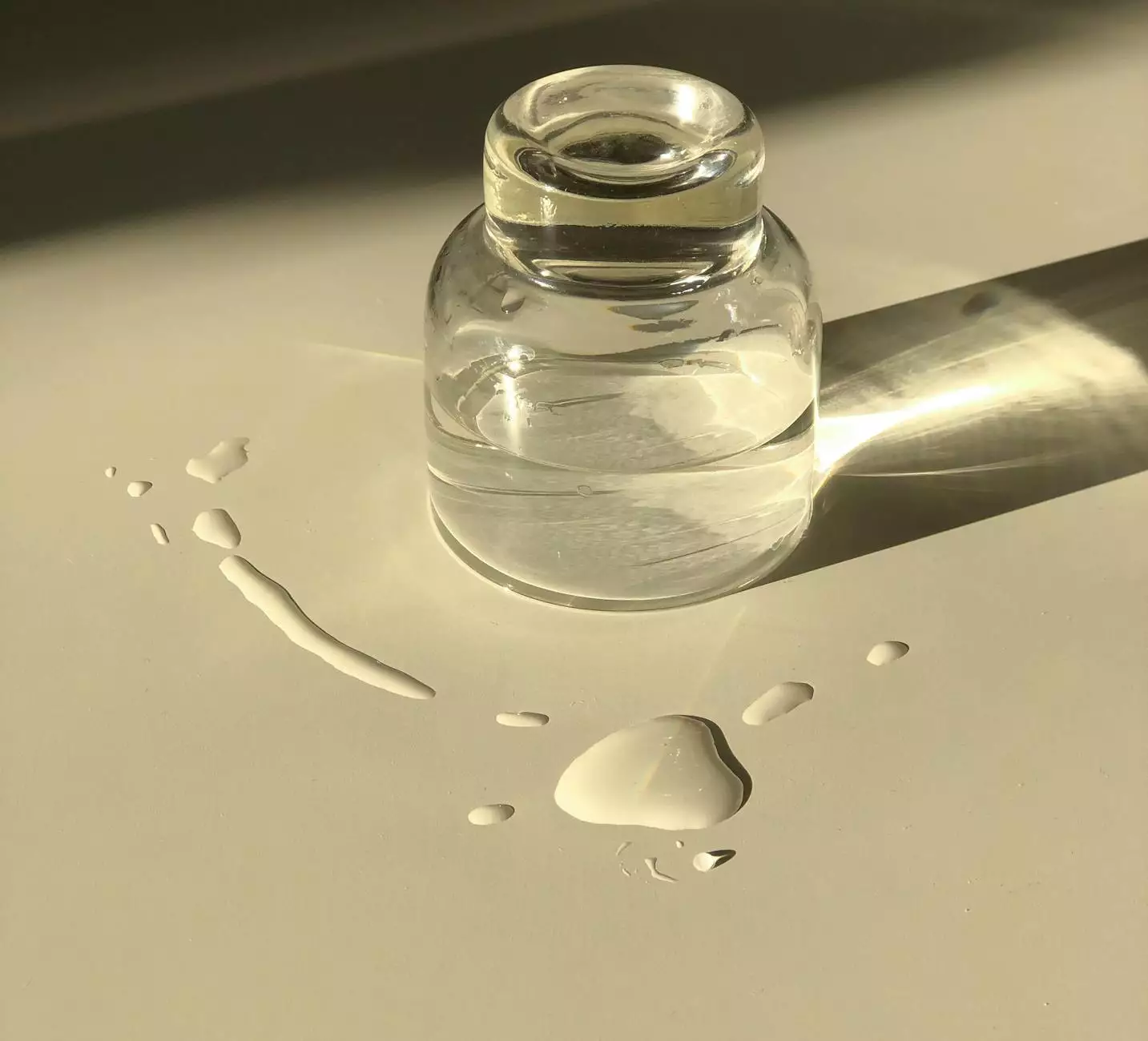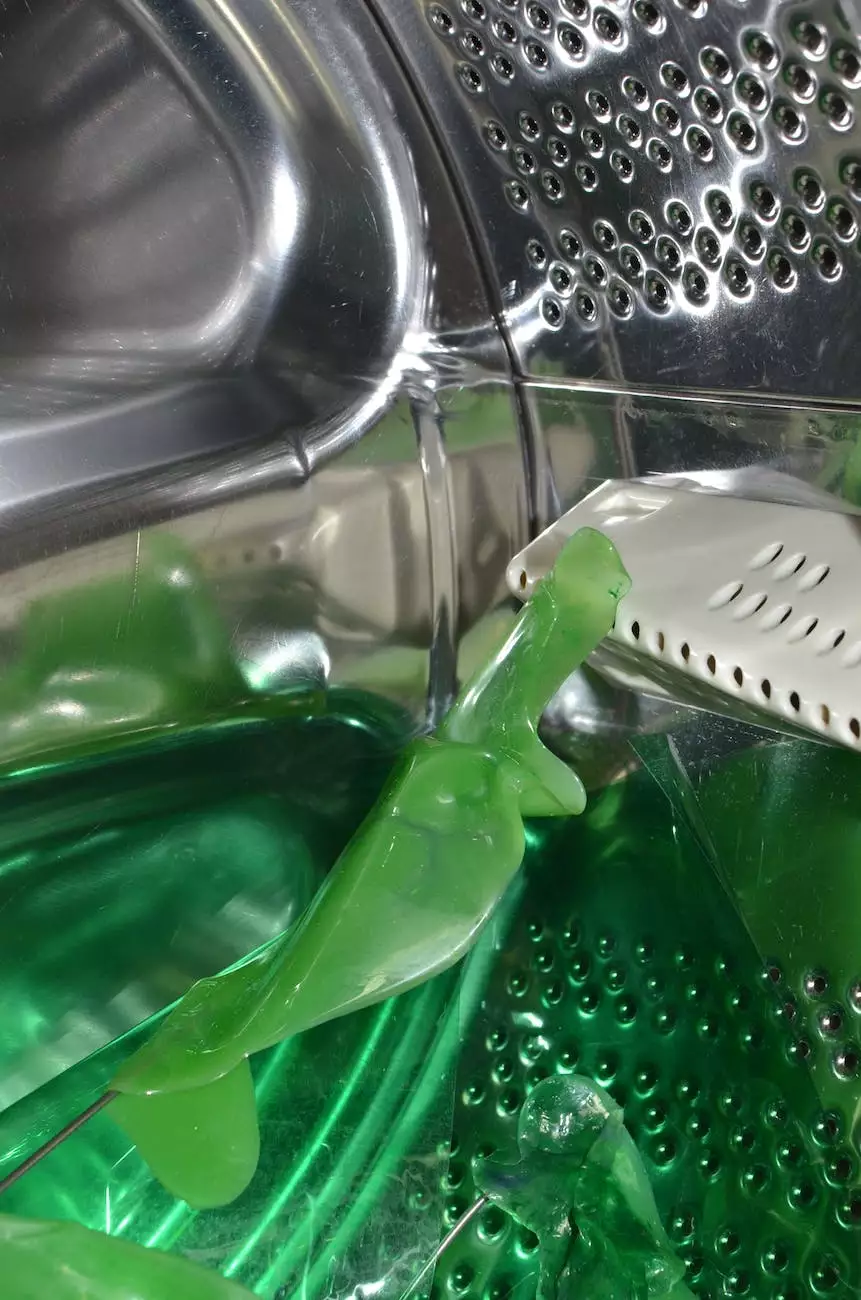How do I Flush my Refrigerator Water Filter?
Blog
Welcome to Westwater Softening & Purification's comprehensive guide on how to flush your refrigerator water filter. In this detailed article, we will provide you with step-by-step instructions and useful tips to ensure that your refrigerator's water filter is properly flushed, resulting in clean and fresh water for you and your family.
Why Flush your Refrigerator Water Filter?
Flushing your refrigerator water filter is essential for maintaining its optimal performance. Over time, impurities, sediments, and minerals can accumulate in the filter, affecting its ability to effectively remove contaminants from your drinking water.
Regular flushing not only ensures the longevity of your water filter but also guarantees that you are consistently receiving clean and healthy water. By following the proper flushing procedure, you can improve the taste, smell, and quality of the water dispensed by your refrigerator.
Step-by-Step Guide: How to Flush your Refrigerator Water Filter
Step 1: Locate the Water Filter
The first step is to locate the water filter in your refrigerator. Typically, it is located either inside the refrigerator's upper right corner or in the base grille, depending on the make and model of your refrigerator. Consult your refrigerator's user manual if you are unsure about the location.
Step 2: Turn off the Water Supply
Prior to flushing, it is crucial to turn off the water supply. This can typically be done by locating the water shut-off valve, which is usually situated behind the refrigerator or under the sink. Ensure that the valve is fully closed to prevent any water flow during the flushing process.
Step 3: Depressurize the Water System
To depressurize the water system, dispense all the remaining water from the refrigerator's dispenser. This ensures that no water is left inside the system before you proceed with the flushing process.
Step 4: Remove and Discard the Old Filter
Depending on the refrigerator model, you may need to twist, pull, or release a latch to remove the old water filter. Carefully follow the instructions provided in your refrigerator's user manual. Once removed, dispose of the old filter properly.
Step 5: Prepare the New Filter
Before installing the new filter, it is essential to prepare it correctly. Remove any protective caps or seals from the new filter and check for any visible damage. Soak the filter, if required, as instructed by the manufacturer, to activate its filtration capabilities.
Step 6: Install the New Filter
Gently insert the new filter into the filter housing and secure it by twisting, locking, or latching, depending on your refrigerator model. Ensure a snug fit to prevent any leaks. Refer to your refrigerator's user manual for specific installation instructions.
Step 7: Flush the Water Filter
Now, it's time to flush the new filter. Turn on the water supply by opening the shut-off valve. Allow water to flow through the filter for approximately 3-5 minutes or until the water runs clear. This helps eliminate any carbon fines or air bubbles trapped in the filter.
Step 8: Reset the Filter Indicator
If your refrigerator has a filter indicator, reset it according to your model's instructions. This ensures that you receive accurate reminders for future filter replacements.
Step 9: Enjoy Clean and Fresh Water
With your refrigerator water filter successfully flushed, you can now enjoy clean, crisp, and fresh drinking water. Pay attention to any changes in taste, odor, or water flow, as these could indicate the need for further maintenance or filter replacement.
Tips for Maintaining your Refrigerator Water Filter
Flushing your refrigerator water filter is just one part of its overall maintenance. Here are some additional tips to optimize its performance:
- Replace the filter as recommended by the manufacturer. Most filters require replacement every 6 months or after filtering approximately 300 gallons of water.
- Avoid using the dispenser for prolonged periods of inactivity. If you won't be using the water dispenser for an extended time, consider turning off the ice-maker and emptying the ice bin to prevent potential issues.
- Regularly clean the exterior and interior of your refrigerator to maintain a hygienic environment.
- Keep track of your filter replacements by setting reminders or utilizing automatic filter replacement services offered by some refrigerator manufacturers.
By following these maintenance tips, you can ensure that your refrigerator's water filter consistently delivers the highest quality of water throughout its lifespan.
Conclusion
Flushing your refrigerator water filter is a simple yet crucial step to ensure the cleanest and healthiest drinking water for you and your family. With our detailed step-by-step guide, you now have the knowledge to successfully flush your refrigerator water filter and optimize its performance.
Remember to follow the instructions specific to your refrigerator model, including any additional recommendations provided by the manufacturer.
At Westwater Softening & Purification, we prioritize water quality and customer satisfaction. If you have any further questions or require professional assistance with your refrigerator water filter, please do not hesitate to contact our knowledgeable team. We are here to help you maintain the optimal performance of your water filtration system.










